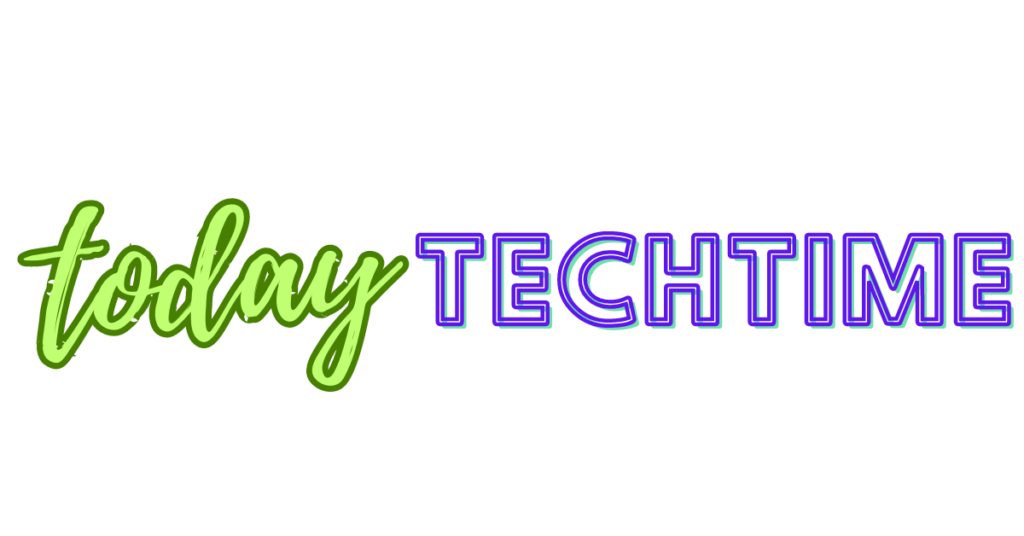Kääntäjä
The Finnish word “Kääntäjä” might seem unfamiliar at first glance, but its meaning is quite useful in our globalized world. It refers to something that bridges the gap between languages: a translator. But “Kääntäjä” can encompass more than just human translators. Let’s delve into the fascinating world of translation and explore the different types of “Kääntäjät” at our disposal.
1. The Human Touch: The Original Kääntäjä
For centuries, human translators have been the backbone of communication across languages. Their ability to understand the nuances of both source and target languages ensures accurate and culturally appropriate translations. From literary masterpieces to technical documents, human translators remain irreplaceable for tasks requiring deep understanding and creativity.
2. The Rise of the Machines: Machine Translation and the Kääntäjä Programs
The digital age has ushered in a new era of translation: machine translation. These programs, like Google Translate or Microsoft Translator, use complex algorithms to analyze and translate text. While machine translation has made significant strides in recent years, it still struggles with subtleties of language and context. Nevertheless, these “Kääntäjä programs” offer a fast and convenient solution for basic translations, making communication across languages more accessible than ever before.
3. A Marriage of Minds: Human-in-the-Loop Machine Translation
Recognizing the limitations of both machine and human translation, a new approach is emerging: human-in-the-loop machine translation. Here, machine translation handles the heavy lifting of basic translation, while human translators edit and refine the output for accuracy and natural flow. This collaborative approach leverages the strengths of both worlds, offering a balance between speed and quality.
4. Beyond Text: The Realm of the Kääntäjä
The concept of “Kääntäjä” extends beyond translating written words. Interpreters who translate spoken language during conferences or meetings are also considered “Kääntäjät.” Additionally, software programs that convert code written in one programming language to another can be seen as a specialized type of “Kääntäjä.”
The Future of Translation: A Collaborative Landscape
As technology continues to evolve, the landscape of translation will undoubtedly change. Machine translation is likely to become more sophisticated, while human expertise will remain crucial for complex tasks and nuanced communication. The future of translation seems to be one of collaboration, where human and machine “Kääntäjät” work together to break down language barriers and foster greater global understanding.
